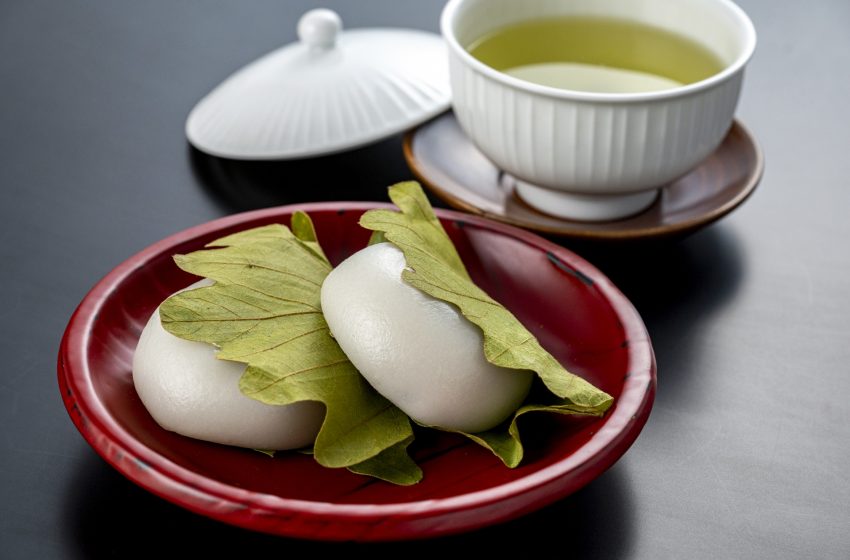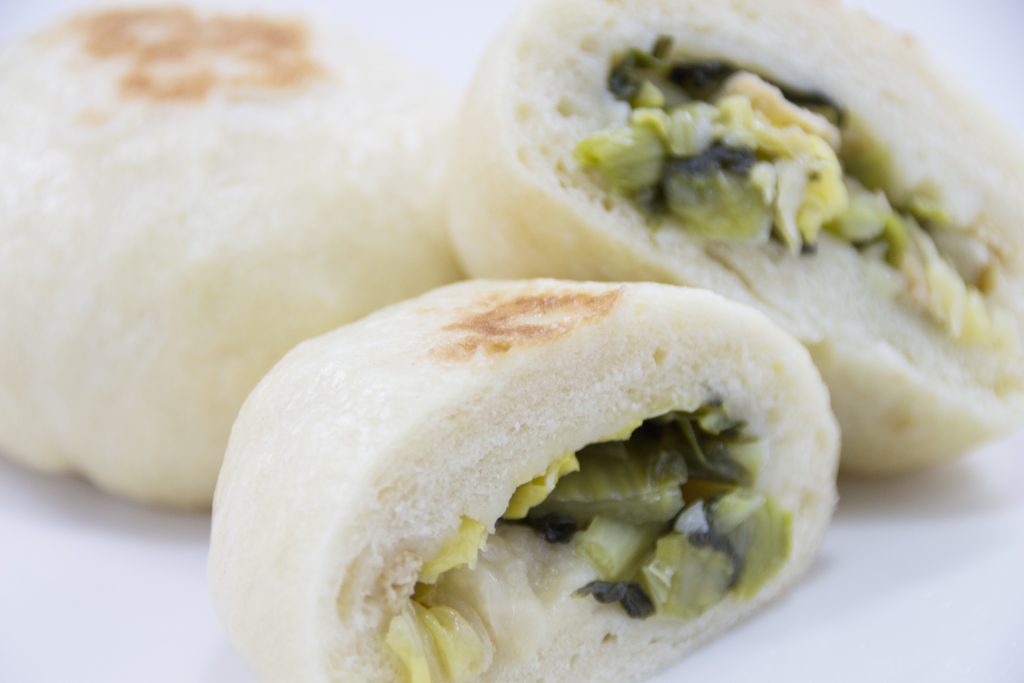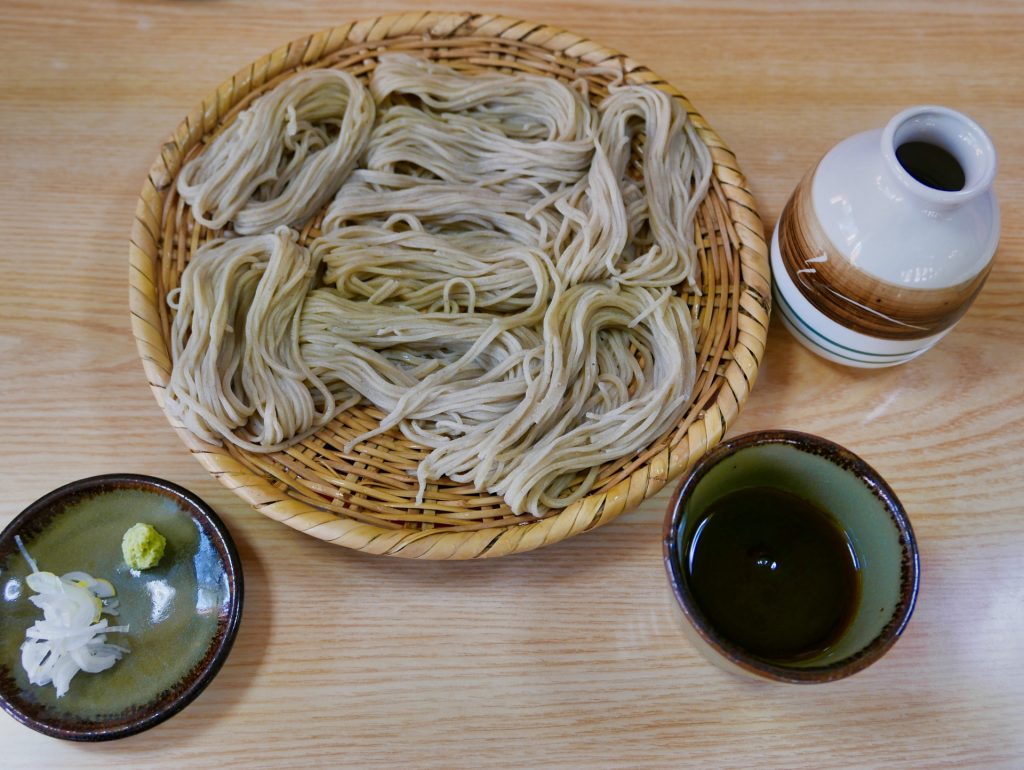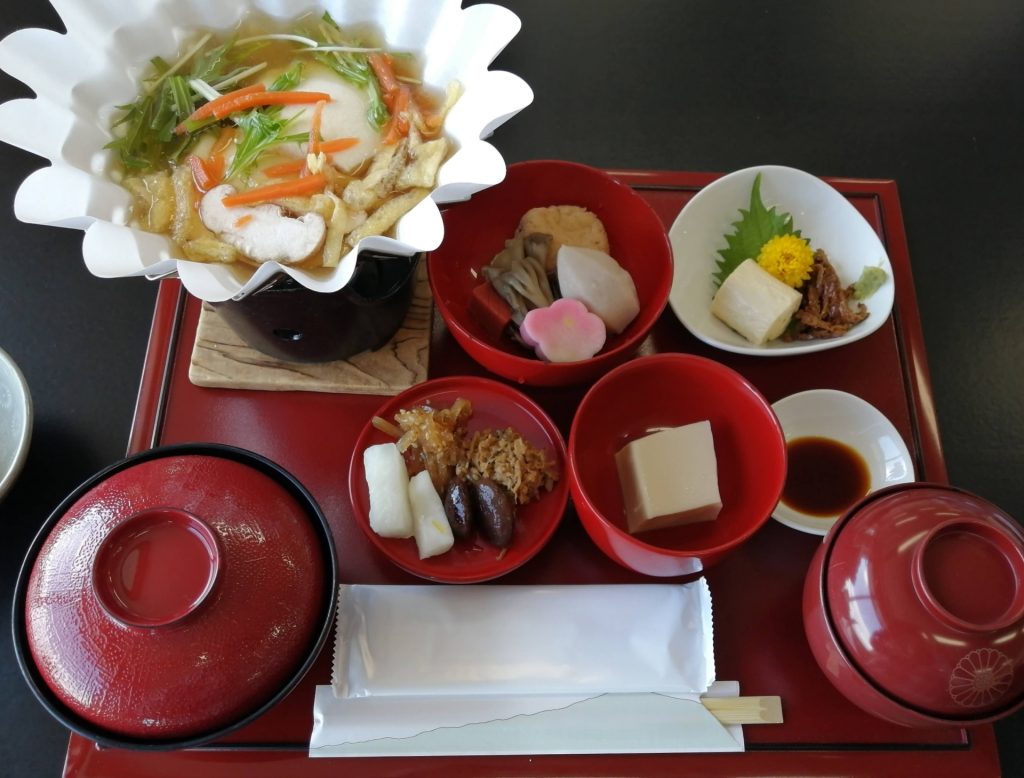
Kashiwa Mochi: A Taste of Tradition in Japan’s Seasonal Sweet
Welcome, culinary explorers and lovers of Japanese culture! Today, let’s delve into the delightful world of Kashiwa Mochi, a traditional Japanese sweet that is as rich in history as it is in flavor. This special treat is not only a favorite during the spring season, particularly in the celebration of Children’s Day, but it also offers a glimpse into Japan’s deep-rooted appreciation for seasonal and symbolic foods.
What is Kashiwa Mochi?
Kashiwa Mochi is a soft and chewy rice cake (mochi) wrapped in an oak (kashiwa) leaf. The mochi itself is commonly filled
with sweet red bean paste, known as anko, which offers a delightful contrast to the subtle, earthy flavor imparted by the leaf. The oak leaf wrapper is not meant to be eaten but serves as both a symbolic decoration and a natural preservative for the mochi.
The Symbolism of Kashiwa Mochi
Kashiwa Mochi holds a significant place in Japanese culture, especially during the celebration of Children’s Day on May 5th. The use of oak leaves is particularly meaningful; unlike other trees, oak trees do not shed their old leaves until new leaves have grown. This characteristic symbolizes family prosperity and the continuation of the family lineage, making Kashiwa Mochi an auspicious treat for the occasion.
Enjoying Kashiwa Mochi
The experience of eating Kashiwa Mochi is unique and multi-sensory. Upon unwrapping the oak leaf, you are greeted with the soft, glutinous texture of the mochi, complemented by the sweet, smooth filling inside. The faint aroma from the leaf adds a subtle nuance to the flavor profile of the mochi, creating a harmonious blend of taste and tradition.
Kashiwa Mochi in Japanese Festivities
While Kashiwa Mochi is particularly associated with Children’s Day, it is enjoyed throughout the spring season. During this time, you’ll find Kashiwa Mochi in many Japanese confectionery shops, each offering their own version of this classic treat. It’s not just a snack; it’s a celebration of the season and a nod to Japan’s rich cultural heritage.
Making Kashiwa Mochi at Home
For those interested in culinary adventures, making Kashiwa Mochi at home can be a delightful experience. The process involves preparing the mochi, making the anko filling, and carefully wrapping each piece with an oak leaf. While the traditional method is a bit time-consuming, the result is both delicious and rewarding.
Conclusion: Savoring a Piece of Japanese Tradition
Kashiwa Mochi is more than just a seasonal sweet; it’s a bite-sized piece of Japan’s cultural tapestry. Whether you’re enjoying it as part of a Children’s Day celebration or simply as a springtime treat, Kashiwa Mochi offers a delicious window into the world of traditional Japanese confections.
So, next time you have the opportunity, indulge in a Kashiwa Mochi and savor the rich history and culture that it embodies. It’s a sweet journey through time, flavor, and symbolism that’s not to be missed.




